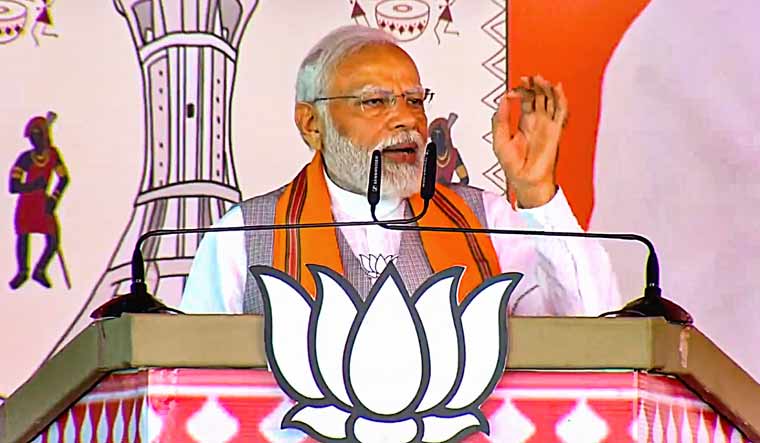
In a surprising move that caught many off guard, the Indian government decided to demonetize the ₹2000 currency note in 2020. This decision was met with a mix of curiosity, speculation, and some degree of confusion. The ₹2000 note, introduced in 2016 as part of the government’s demonetization efforts, was suddenly withdrawn from circulation. In this article, we delve into the reasons behind the discontinuation of the ₹2000 note.
The Genesis of the ₹2000 Note:
The ₹2000 note was introduced with the objective of curbing black money and counterfeit currency. During the demonetization drive in 2016, the government invalidated ₹500 and ₹1000 notes, replacing them with new denominations including the ₹2000 note. The idea was to disrupt illegal cash transactions and bring transparency to the economy.
Reasons for Demonetization:
- Counterfeit Concerns: One of the primary reasons cited for the discontinuation of the ₹2000 note was the surge in counterfeit currency. The larger denomination notes were believed to be easier targets for counterfeiters, threatening the integrity of the currency. By phasing out the ₹2000 note, the government aimed to eliminate a significant portion of the fake currency circulating in the market.
- Black Money Menace: The demonetization drive in 2016 aimed to unearth and eradicate black money, which was often hoarded in high-denomination notes. However, it was observed that the ₹2000 note, being the highest denomination in circulation, facilitated the storage of large amounts of undisclosed wealth. By discontinuing this note, the government hoped to make it more challenging for individuals with illicit funds to store and use their wealth.
- Promotion of Digital Transactions: Another motivation behind the withdrawal of the ₹2000 note was to promote digital transactions. The government has been actively encouraging a shift towards a cashless economy, and the existence of high-denomination notes was seen as a hurdle in achieving this goal. The discontinuation aimed to incentivize people to adopt electronic modes of payment, thereby reducing the reliance on physical currency.
- Ease of Tracking: Smaller denominations are easier to track and manage, both for the government and financial institutions. The withdrawal of the ₹2000 note was aligned with the goal of improving the traceability of currency flow in the economy. This, in turn, was expected to aid in the detection and prevention of illegal financial activities.
Impact on the Economy:
The decision to demonetize the ₹2000 note had widespread implications on various sectors of the economy. While the move was lauded for its intent to curb black money and counterfeiting, it faced criticism for the abruptness of its implementation and the challenges it posed to the common man.
- Cash Crunch: The sudden withdrawal of the ₹2000 note led to a temporary cash crunch in the economy. ATMs had to be recalibrated, and people faced difficulties in obtaining smaller denominations, leading to disruptions in daily transactions.
- Shift to Digital Payments: On the positive side, the move accelerated the adoption of digital payment methods. With the availability of high-denomination notes reduced, people turned to electronic transactions, mobile wallets, and online banking for their financial needs.
- Impact on Businesses: Small businesses, reliant on cash transactions, were initially hit by the cash shortage. However, the push towards digital payments encouraged many businesses to modernize their payment systems, ultimately benefiting from the increased efficiency and transparency.
Conclusion
The discontinuation of the ₹2000 note was a strategic move by the Indian government to address various economic challenges, including counterfeit currency and the menace of black money. While the decision faced its share of criticisms, it also propelled the nation towards a more digital and transparent financial landscape. As the Indian economy continues to evolve, the demonetization of the ₹2000 note remains a significant chapter in the country’s pursuit of economic reforms.
You Can Exchange It Now: https://www.rbi.org.in/


